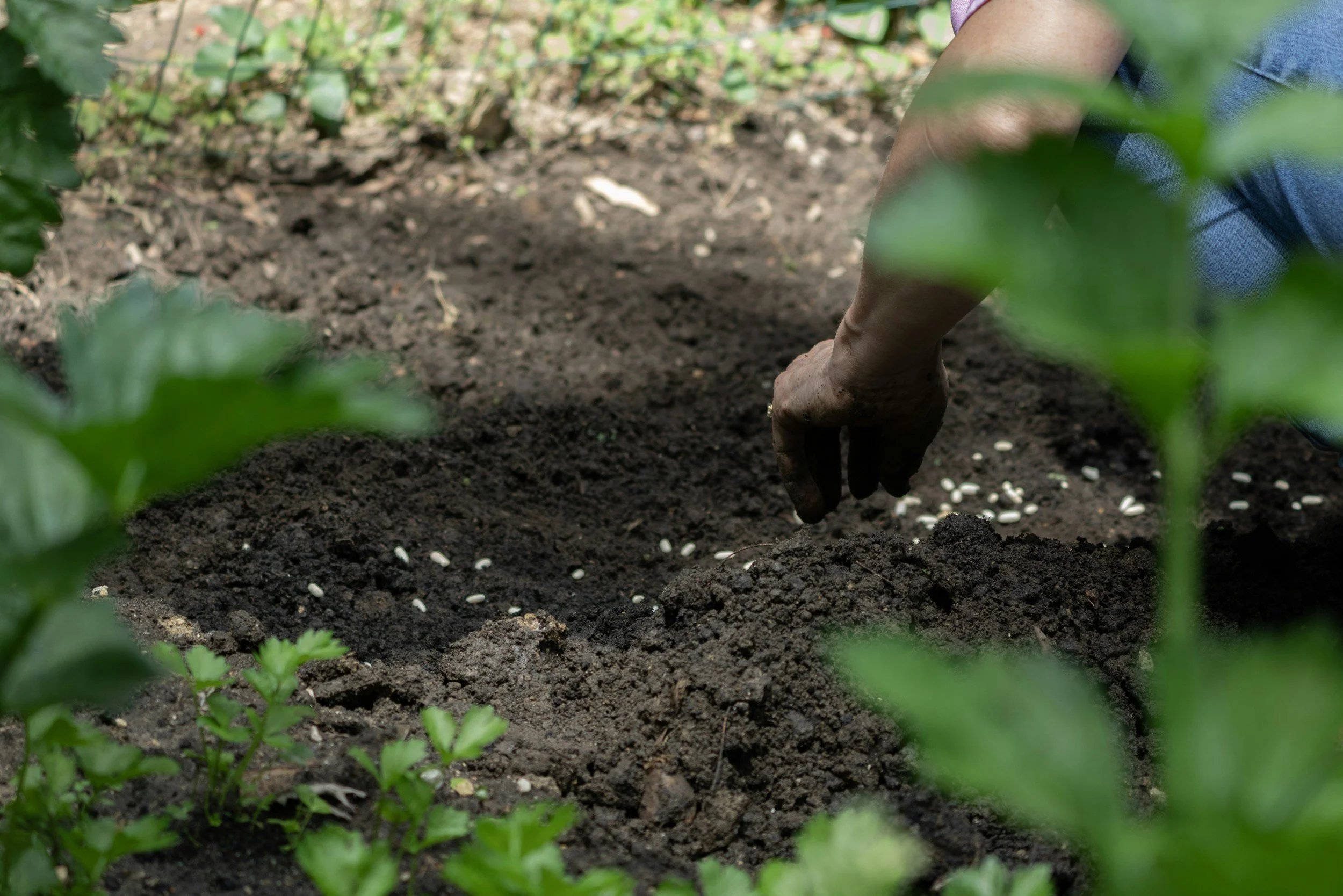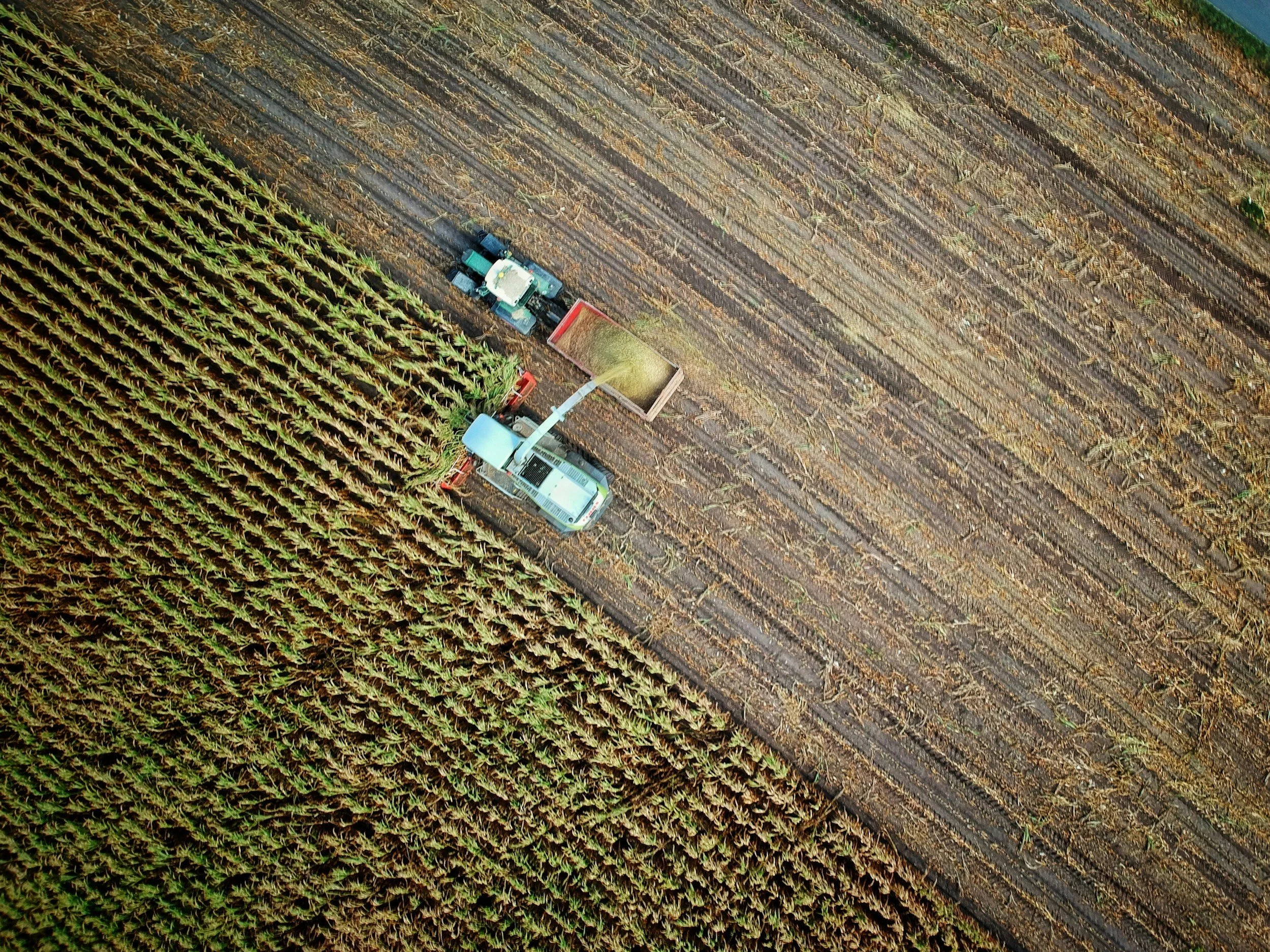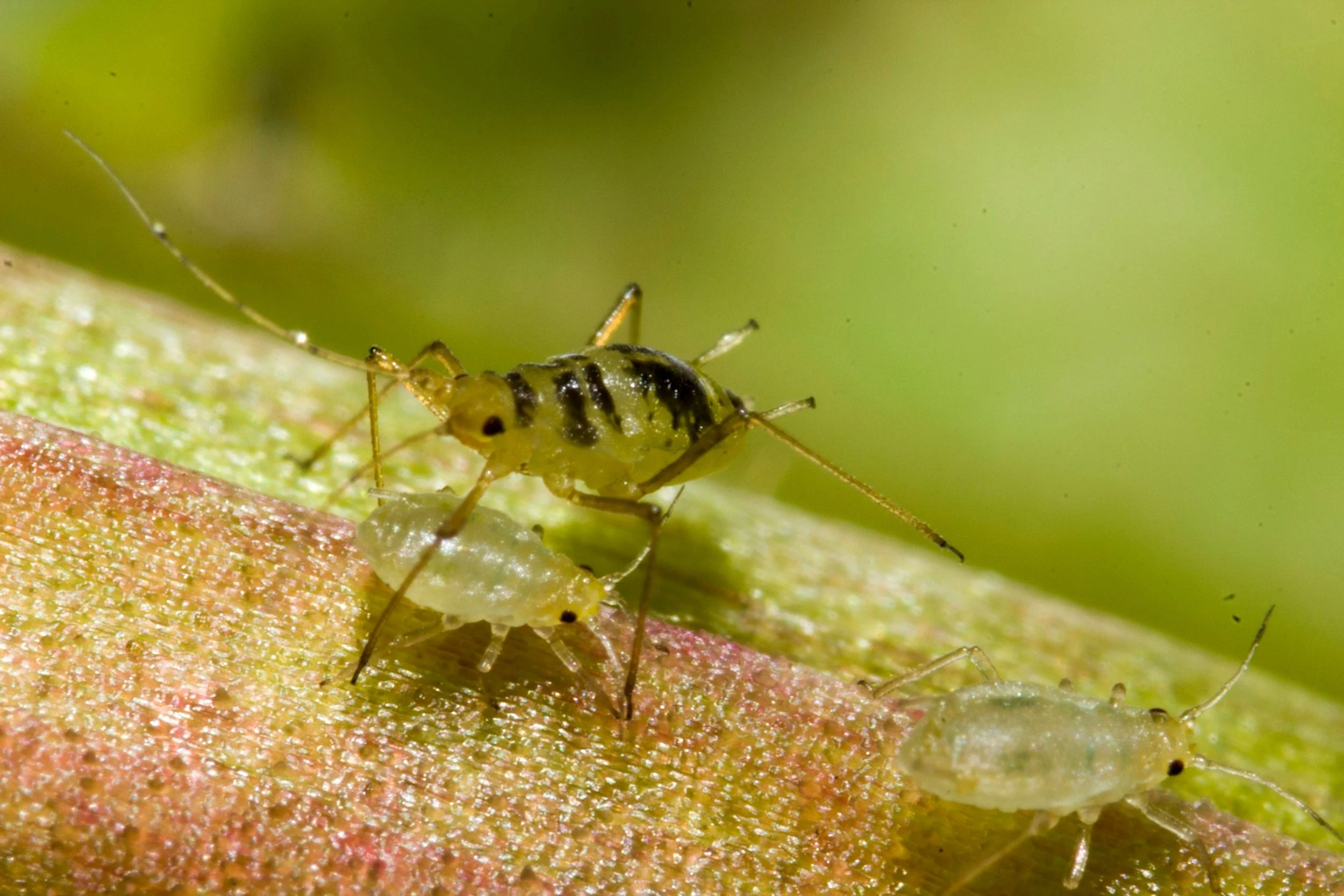Water Conservation at Home: Addressing Hidden Wastage
/Water conservation has emerged as a critical concern in today’s eco-conscious world. With climate change and growing populations putting immense pressure on our planet's water resources, saving water at home has never been more critical.
However, while many of us are busy turning off taps and taking shorter showers, there’s a sneaky culprit contributing to water wastage – hidden leaks.
In this article, we delve into the often-overlooked aspect of water conservation at home: addressing hidden wastage. By the end, you’ll be equipped with the knowledge to identify these hidden leaks and tackle them head-on, ensuring every drop of water is used wisely.
The Unseen Enemy: Hidden Water Leaks
Hidden water leaks go beyond a dripping faucet or a leaking showerhead; they are insidious because they can occur in places you rarely check. From the pipes buried in your garden to the water line connecting your refrigerator, these leaks can go undetected for months, silently contributing to an increase in your water bill and, more critically, the depletion of our water resources.
Similarly, underground irrigation systems, often out of sight and mind, can develop leaks that not only waste water but also undermine the health of your lawn and garden by overwatering some areas while leaving others parched.
Identifying Hidden Leaks
So how do you catch a leak you can't see? The first step is vigilance. Monitor your water bill for unexplained increases, which often indicate a leak.
Additionally, water meters can be your best friend when detecting unseen leaks. By turning off all water-using appliances and checking if the meter continues to move, you can confirm the presence of a leak.
Another method is the dye test, which is especially useful for identifying toilet leaks—one of the most common sources of indoor water wastage. Adding a few drops of food coloring to the toilet tank and waiting without flushing lets you see if the dye seeps into the bowl, indicating a leak.
Addressing Hidden Wastage
Once you've identified a leak, the next step is addressing it. While fixing a dripping faucet might be within the average homeowner's skill set, dealing with underground leaks or a complex pool leak often requires professional intervention. Hiring a professional plumber or a leak detection service can save you not only gallons of water but also the frustration of dealing with persistent leaks.
Beyond fixing leaks, there are proactive steps you can take to minimize water wastage:
Regular maintenance: Regularly inspect your home for signs of leaks, such as damp patches on walls, ceilings, and floors or the sound of running water when all taps are off.
Upgrade to water-efficient fixtures: Installing water-efficient showerheads, toilets, and faucets can significantly reduce water consumption.
Smart landscaping: To minimize outdoor water use, choose drought-resistant plants and efficient watering systems, such as drip irrigation.
The Importance of Water Conservation
In an era when the effects of climate change are increasingly palpable, the importance of conserving water cannot be overstated. Water, though abundant on our planet, is a finite resource, with only a tiny fraction accessible for human use. As populations grow and climates shift, the strain on our water resources intensifies, making conservation a personal responsibility and a global imperative.
Why Conserve?
Environmental impact: Conserving water helps protect our ecosystems, maintaining the balance necessary for flora and fauna to thrive.
Economic benefits: Efficient water use can significantly save on utility bills and reduce the need for expensive water supply and treatment facilities.
Societal well-being: Ensuring a sustainable water supply is crucial for future generations and the overall well-being of our communities.
By incorporating water-saving measures into our daily lives, we contribute to a more significant effort to mitigate the impacts of water scarcity, preserve water quality, and ensure a sustainable future for all.
The Hidden Costs of Water Wastage
Water wastage is not just a loss of a precious resource; it's a cascade of hidden costs that affects us all. The consequences are far-reaching, from the energy required to treat and distribute water to the environmental toll of depleting aquatic habitats.
Environmental Toll
Depletion of resources: Wasting water accelerates the depletion of local water sources, affecting wildlife and natural ecosystems.
Increased carbon footprint: Pumping, treating, and heating water require more energy, contributing to higher greenhouse gas emissions.
Economic Impacts
Rising costs: Water wastage leads to increased utility bills for households and higher operational costs for water utilities, which may be passed on to consumers.
Infrastructure strain: Excessive demand for water systems can lead to the need for costly infrastructure upgrades or repairs.
Understanding these hidden costs underscores the importance of identifying and addressing water wastage, including the elusive hidden leaks that may be contributing to the problem.
The Ripple Effect of Saving Water
When we consider conserving water at home, we often consider the immediate benefits of doing so, such as reduced utility bills and a personal sense of environmental responsibility. However, the ripple effect of our efforts extends far beyond our households. Let's break down the broader impact of addressing hidden water wastage:
Energy Conservation and Climate Mitigation
Energy reduction: Water processing and distribution are energy-intensive processes. By minimizing wastage, we reduce the energy needed for these processes.
Climate impact: Lower energy consumption produces fewer greenhouse gas emissions, directly contributing to climate change mitigation.
Ecosystem Preservation
Water cycles: Sustainable water use helps maintain local water cycles, which is essential for the health and efficiency of various ecosystems.
Biodiversity: Reducing water wastage protects habitats, ensuring plant and animal species have the resources to survive.
Community Support
Water scarcity: Every drop saved can significantly affect regions facing water scarcity.
Equitable distribution: Conserving water at home helps ensure there's enough to go around, supporting community well-being.
By embracing water conservation practices, we're not just saving on our next water bill but participating in a global effort to safeguard our planet for future generations. The act of conserving water transcends individual benefits, playing a crucial role in energy conservation, ecosystem preservation, and community support.
Final Thoughts
Vigilance is key in the fight against water wastage. We can significantly reduce our water footprint by proactively identifying and fixing hidden leaks. Remember, every drop counts in safeguarding our planet's most precious resource. As individuals, we can enact change, starting with the water we use (and save) at home.
Addressing hidden water wastage is not just an act of conservation; it’s a commitment to a sustainable future. So, take the first step today. Inspect your home, pay attention to your water usage, and make the necessary adjustments. Together, we can ensure a water-wise world for generations to come.
About the Author:
Abdul Rehman is a passionate writer for environmental conservation, focusing on the significance of green planet palms in sustaining ecosystems and combating climate change.











































In a world increasingly focused on sustainability and environmental health, one of the most pressing challenges we face is PFAS contamination. Known as “forever chemicals” for their persistence in the environment, PFAS are a testament to the unintended consequences of human innovation. These chemicals have infiltrated ecosystems, contaminating water supplies, soil, and food chains. However, the growing awareness of this issue brings hope, as solutions are emerging — and they begin at the source.